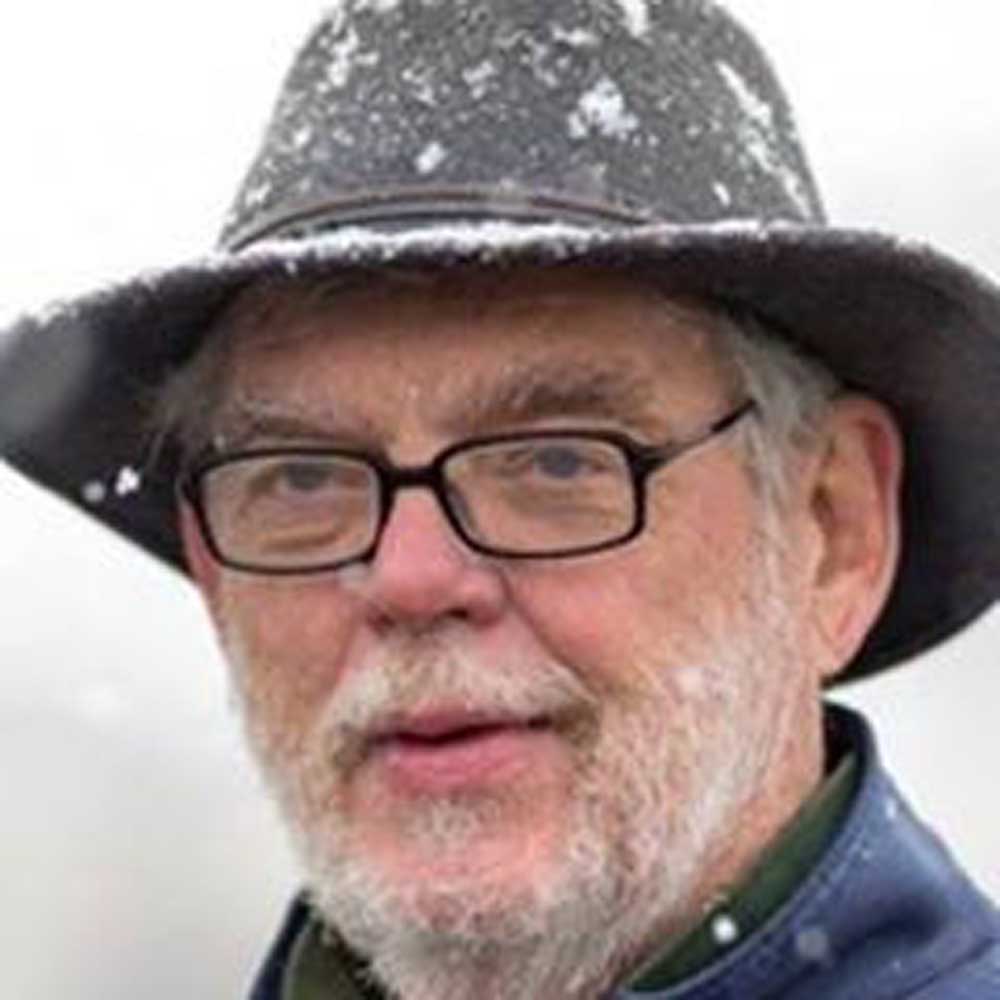Main Street: Reaching for ways to understand the present
Published 9:00 am Wednesday, September 16, 2020

- Wandschneider
At living history museums, people dress in period clothing and wield pitchforks and pump bellows on forges. They make soap, and apple pies that are perfect. These places are often open during tourist seasons, i.e. in good weather.
The weather in the past wasn’t always good, and the pies not always perfect. One wonders what it would have been like to be baking pies in a dirt-floored, sod-house kitchen; to be at a Chicago strike with the Pinkertons beating on you; in a 1918 Boston hospital full of influenza patients; or on a Civil War battlefield. Our “picture” of the Civil War is “brought to life” in our day by Ken Burns’ vivid still photographs moving across a screen. Our pictures of the past are brought to us in many ways, and likely influence how we see the present.
Trending
We are reaching for ways to understand the present today. We’ve seen smoke from fires, but not this smoke in this much of the West. We’ve seen — most of us on TV — forests burning, but not whole towns burning. Paradise, Calif., gave us that two years ago, and Oregon is topping it as I write. If we have ever seen masked populations, it was in pictures of WWI trenches or in TV shots of far-off peoples fearing the Hong Kong Flu.
We’re living in smoke now. We’re wearing masks, maybe reluctantly with debates over coronavirus, but readily with smoke tickling our throats. From our perch in the Wallowas we’re seeing Seattle and Portland tourists running from closed-down theaters and music venues to our trails and campgrounds; seeing license plates from New York, Florida, Texas and Arizona, where COVID-19 has been and is a serious concern. Maybe we’re a country on the run!
We’ve never had school like this, our kids attending “online” — online itself new to those of us who went to school more than a decade ago. When not online, schools reorganize classrooms and schedules, and redesign sports and other extracurricular programs to give parents, if not the students themselves, some notion of “normalcy.” Our local schools are doing that; I don’t know how normal anyone finds it.
In Wallowa County, far away from Black and brown populations (with the exception of our exiled Nez Perce neighbors, who live on nearby reservations and regularly visit their “homeland”,) 200 or 300 people demonstrated for “Black Lives Matter” with worried and armed violence “monitors” across the street. A later “Blue Lives” demonstration stressed support for law enforcement.
Nothing is far away from anything now, although the routes and the ability to actually visit far-away places in person are severely restricted. Will European countries or Canada let us in? Will airlines fly? What is close by are the restrictions that all Americans live under, and the spread of fire and disease, neither of which need airlines or tickets, that we watch creep across TV maps and charts. (Although the viruses grew adept at using airlines — how will that change the way we fly in some “normal” future?)
I remember my grandmother baking pies and making Norwegian lefse; my mom singing in the choir; my dad, a cigarette always dangling from his mouth or making ash on a handy counter, making Christmas photo cards in his basement darkroom. I remember playing football and baseball, body surfing and volleyball on the beach, going to high school and college classes. All of those things are like the living history museums I started this thing with: movies, or mental reenactments of pages from the past.
Trending
But I remember the year from fall of 1967 to summer of 1968, when I was in Washington, D.C., more vividly, remember the first Pentagon march with armed government watchers on top of buildings, the fires and riots and curfew after Martin Luther King Jr. was assassinated, and I remember running to the Capital Mall from my apartment to see the hearse carrying Bobby Kennedy back from California.
That’s the kind of time we are living in now, a pivot point when the everyday gets jolted into something different. It’s the Kitty Hawk before air travel, the Roaring Twenties before the Depression, “Duck and Cover” and the Cold War. We don’t know what happens next, only that things will not be the same.
So take pictures of the smoke from your doorstep — and print them out and put them somewhere so that they will live beyond their electronic device. Pictures, too, of your family in masks, the license plates on Main Street and the thermometer on hot days in September. Get screenshots of a baseball game with cardboard cutout fans and a half-empty football stadium. Take a video of your grandson’s one-hand touch football game.
And then bake a pie.








